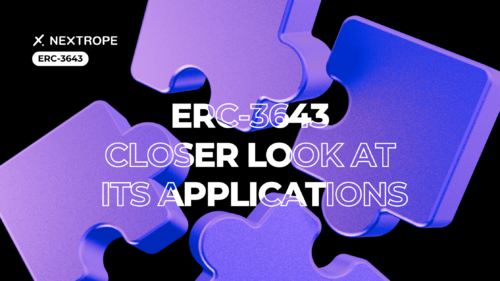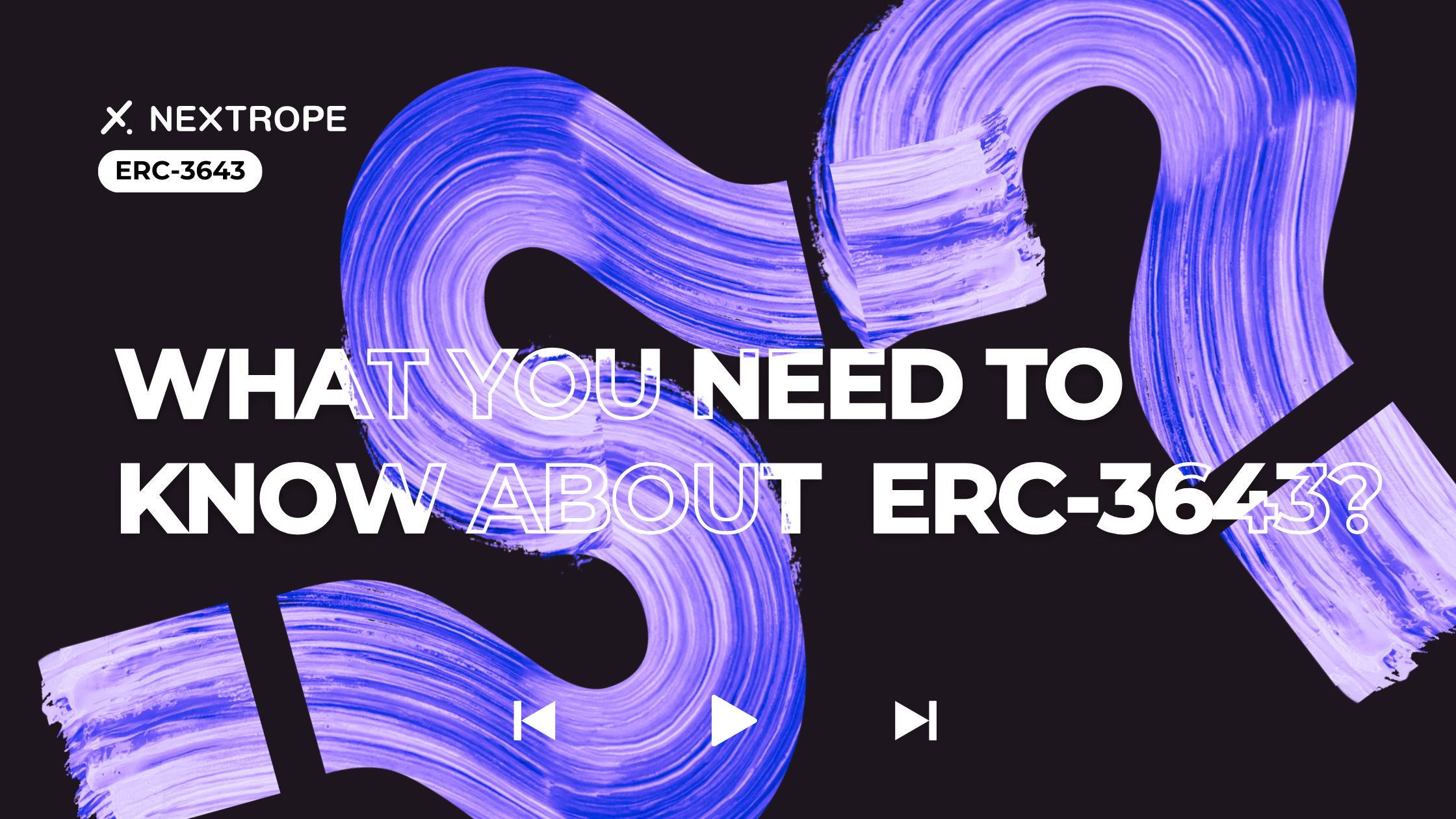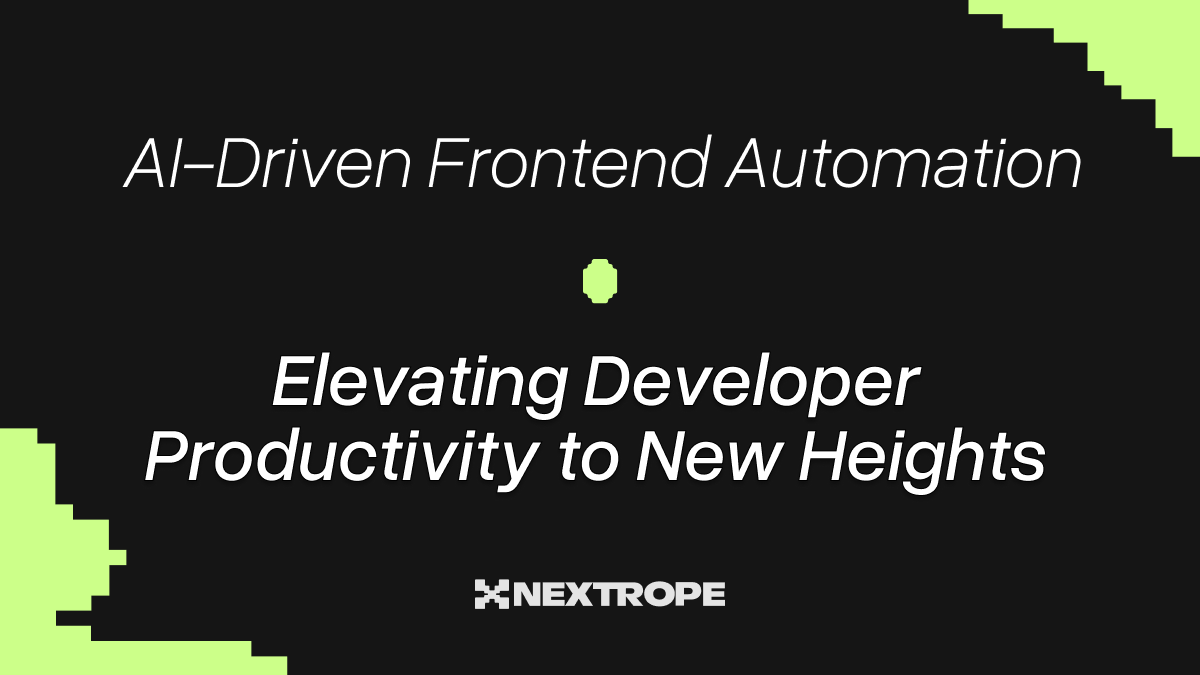At Nextrope, we recognize the transformative impact of technologies such as ERC-3643. In this article, we highlight its applications in the burgeoning DeFi sector. The aim is to showcase the opportunities the standard brings, thereby increasing the efficiency of the global market.
ERC-3643 in Action
The advent of ERC-3643 has significant implications across multiple branches. This section highlights the potential it holds for each.
Find out how ERC-364 compares to other standards!
Financial Sector: Securities Furtherance
This standard frames the process of issuing, trading, and managing securities, providing a more transparent system. It opens up avenues for crowdfunding and democratizes access to investment seizing.
Project Overview
A global financial institution issuing securities sought to expand its trading framework, aiming for greater inclusivity.
Implementation
Leveraging ERC-3643, the entity tokenized its range of securities, including stocks and bonds. This improved the trading process, incorporated compliance mechanisms, and created opportunities for retail investors.
Outcome
The project was a milestone in financial democratization, easing nominal entry barriers. It spelled a change in the view of more accessible and secure financial assets trading.
Real Estate: Augmented Liquidity and Accessibility
ERC-3643 may supply liquidity into a traditionally illiquid market. Therefore, investors can buy and sell fractions of assets. This also simplifies the process of operating properties, reducing the transaction costs and bureaucratic hurdles associated with the dealings.
Project Overview
A real estate company willing to tokenize a portfolio of properties.
Implementation
The company issued digital tokens in the form of property shares. Each token embodied a portion value, enabling people worldwide to invest with smaller capital outlays.
Outcome
The project successfully extended access to real estate investments, previously a domain of high-net-worth individuals or institutional parties. It provided liquidity through secondary markets and ensured compliance with local and international regulations.
Art and Collectibles: Unlocking New Value
The world of collectibles is undergoing metamorphosis with ERC-3643. Artists digitize their artworks and enable them to be traded on blockchain platforms. ERC-3643 not only ensures authenticity but also allows for partial ownership, attracting previous audiences priced out of the market.
Project Overview
A gallery tokenizing rare artworks and increasing accessibility to a broader audience.
Implementation
Through ERC-3643, they were made available on-chain allowing the enthusiast to own and trade parts of high-value masterpieces.
Outcome
Token holders could trade on secondary markets, introducing a new dynamic to art valuation.
Intellectual Property and Patents
Creators often grapple with opaque licensing processes, and challenges in royalty distributions. Traditional methods hinder them from fully capitalizing on intellectual matter which predisposes ERC-3643 to becoming a pivotal player here.
Project Overview
A technology company aimed to rethink the way patents are managed and monetized.
Implementation
This involved creating digital tokens, optimizing the licensing, and royalty allocation process.
Outcome
The initiative advocates the author’s right management and activities related to know-how materialization. It enables transparent licensing, simplifies the commission splitment, and broadens accessibility enabling partial ownership for those interested.
Supply Chain and Logistics
In the supply chain, ERC-3643 can be utilized to empower provenance verification. Tokenizing allows for real-time tracking and auditability. This standard could facilitate smoother agreements between parties, leading to decreased operational time and cost of the transactions.
Project Overview
A multinational manufacturing company with a vision to refine supply chain procedures and further product traceability.
Implementation
The company issues ERC-3643 tokens linked to specific batches of products. Each one carries data with origin, manufacturing date, and logistic journey through the supply chain.
Outcome
This increases consumer trust and diminishes the risk of counterfeit goods entering the market.
Green Energy Projects
The renewable energy sector, particularly small-scale green projects, endures funding acquisition due to high initial costs and limited supply. This hinders sustainable energy solutions growth.
Project Overview
A renewable energy startup planned to fund solar panel installations through tokenized investments.
Implementation
The participants received tokens that not only figured equity in the project but also entitled them to profits from energy sales depending on the token ratio owned.
Outcome
This approach facilitated crowd-sourced funding for sustainable energy initiatives, offering an opportunity to environmentally-conscious investors and promoting the development of green infrastructure.
ERC-3643's Role in Decentralized Finance
Known for crafting monetary ecosystems based on blockchain technology, decentralized finances benefit immensely from adopting ERC-3643. Below, we present some symbiotic examples.
Conducive Regulatory Environment
One of the fundamental contributions of ERC-3643 is the infusion of legal compliance into the decentralized finance sector. While DeFi thrives on the principles of openness and lack of central authority, specific jurisdiction-based law adherence has been a grey area. ERC-3643 pursues seamless KYC, AML integration, and advanced token control features within the token's smart contract. It simultaneously strengthens security and trust among institutional funds.
Broader Asset Tokenization
Beyond typical cryptocurrencies and NFTs, ERC-3643 diversification enriches the DeFi space unlocking new liquidity pools.
Optimized Operations
This includes faster and more cost-effective transactions. Thanks to its modular architecture, it simplifies the integration of new functionalities and services within platforms built on Ethereum.
Conclusion
ERC-3643 transcends being merely a technological leap. From transforming traditional finance to conquering new requisitions around myriad markets. A nexus, merging the rigor of regulations with cutting-edge solutions. As we conclude, it’s evident that the standard emergence signifies a shift between the old and the new, heralding a digital-forward future with endless possibilities.
If you are interested in utilizing ERC-3643 or other blockchain-based solutions for your project, please reach out to contact@nextrope.com
FAQ
What is ERC-3643 and how does it change asset tokenization?
- ERC-3643 is a blockchain standard streamlining Real World Asset (RWA) tokenization, overcoming regulatory hurdles, enabling fractional ownership, and enhancing transfer processes.
What benefits does ERC-3643 offer for intellectual property and infrastructure projects?
- ERC-3643 facilitates IP tokenization, simplifies revenue distribution, and fosters collaboration. In infrastructure, it broadens investment opportunities, improves project management, and ensures regulatory compliance.
How does ERC-3643 contribute to healthcare and AI integration?
- ERC-3643 secures funding for medical research, enhances facility management, and ensures data security in healthcare. It also aids AI content verification, ensuring authenticity and origin tracking.
Why is ERC-3643 significant for asset management?
- ERC-3643 ensures regulatory compliance, offers flexibility and scalability, and provides a framework for tokenizing challenging assets, making it essential in modern asset management.
 en
en  pl
pl 











